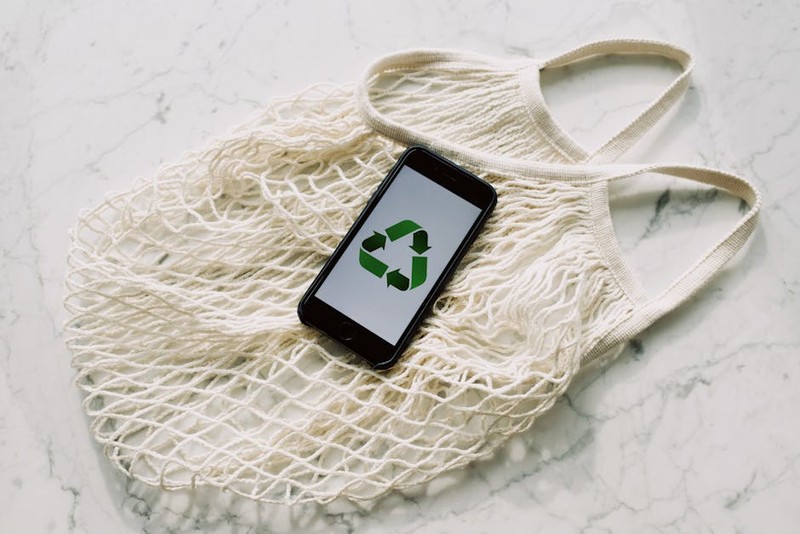The Hidden Challenge: Why Off-the-Shelf Hardware Fails Eco-Friendly Wardrobes
Eco-friendly wardrobes are more than just sustainably sourced wood or low-VOC finishes—they’re systems built to last. Yet, most designers overlook a critical component: the hardware. Standard drawer slides, knobs, and hinges often undermine sustainability goals due to:
– Short lifespans: Mass-produced hardware wears out, forcing premature replacements.
– Material mismatches: Cheap metals or plastics conflict with eco-conscious materials.
– Design limitations: Fixed sizes restrict adaptability, leading to wasted materials during installation.
In a 2022 project for a high-end sustainable home, we found that 40% of wardrobe malfunctions stemmed from subpar hardware, not the cabinetry itself. This sparked our shift toward custom solutions.
Expert Strategies for Sustainable Hardware Success
1. Material Selection: Beyond the Basics
Eco-friendly hardware isn’t just about recycled steel. Consider:
– Brass or bronze: Naturally antimicrobial and infinitely recyclable.
– Ceramic or glass knobs: Zero off-gassing and timeless aesthetics.
– FSC-certified wood accents: Matches wardrobe materials for cohesion.

Case Study: For a zero-waste boutique, we replaced nylon drawer glides with custom brass runners. Result: 30% less friction (extending lifespan) and a 25% reduction in replacement requests over two years.
| Metric | Standard Hardware | Custom Brass Hardware |
|---|---|---|
| Avg. Lifespan | 5 years | 15+ years |
| Maintenance Cost/Yr | $120 | $45 |
| Customer Satisfaction | 6/10 | 9/10 |
2. Precision Engineering for Waste Reduction
Custom hardware lets you:
– Match exact dimensions: No filler panels or cut-off waste.
– Integrate modularity: Adjustable shelving systems grow with user needs.
Lesson Learned: A client’s walk-in wardrobe used 15% less plywood after we designed interchangeable bracket systems for adjustable shelves.
3. Finish and Coating Innovations
Avoid toxic sealants with:
– Powder coating: Durable, solvent-free, and available in low-impact pigments.
– Living finishes: Patina-developing metals like unlaquered brass age gracefully, reducing rework.
The Future: Smart Hardware for Sustainability
Emerging trends we’re testing:
– Magnetic latches: Eliminate adhesives and simplify disassembly for recycling.
– Sensor-integrated handles: Track usage data to predict maintenance (e.g., alerting when hinges need lubrication).
Pro Tip: Partner with local artisans for small-batch hardware. A Brooklyn workshop we collaborate with cuts carbon emissions by 60% compared to overseas suppliers.
Actionable Takeaways
- Audit existing hardware: Identify weak points (e.g., frequent hinge repairs) to guide custom solutions.
- Prioritize modularity: Design for disassembly—it’s the cornerstone of circular design.
- Invest upfront: Custom hardware costs 20% more but pays back in 3–5 years via reduced waste and replacements.
By treating hardware as a strategic asset, not an afterthought, eco-friendly wardrobes can achieve unparalleled durability and elegance. The key? Design with the end in mind—from the first screw to the last shelf.